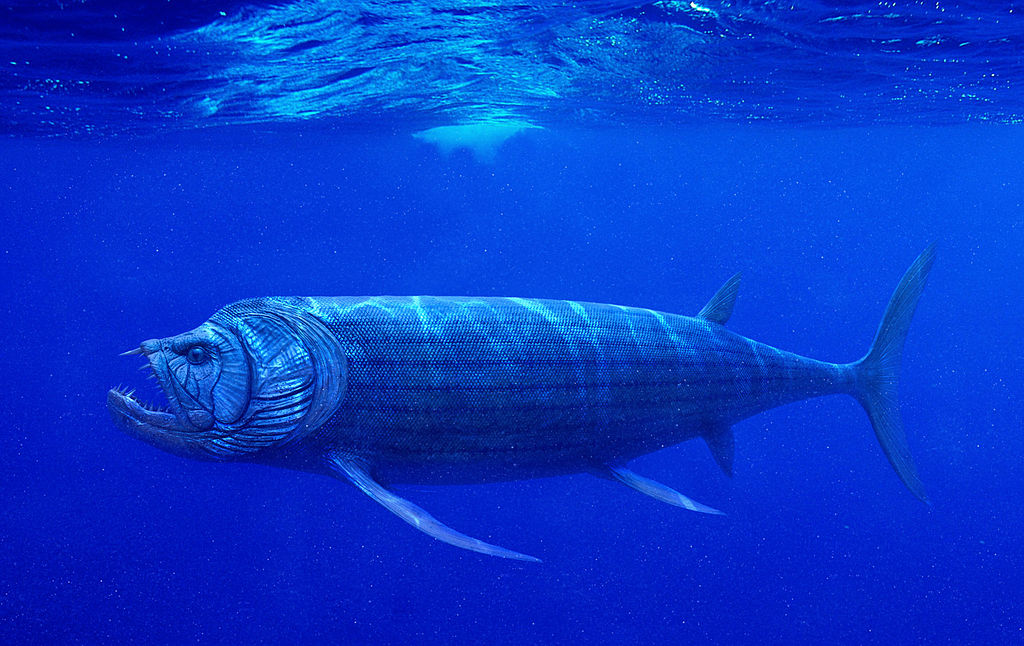The discovery of dinosaurs sparked a revolution in our understanding of Earth’s past. Before these massive creatures captured scientific attention, our planet’s history was primarily viewed through the lens of religious texts and mythology. When the first dinosaur fossils were scientifically described in the early 19th century, they opened a window into a previously unimagined world. These ancient reptiles have since transformed our comprehension of evolution, deep time, extinction events, and the ever-changing nature of life on Earth. As scientists continue to unearth new specimens and develop advanced research methods, dinosaurs remain at the forefront of paleontological discovery, constantly reshaping our perception of Earth’s dynamic history and challenging us to rethink our place in the grand timeline of life.
The Dawn of Dinosaur Paleontology

The formal study of dinosaurs began in the early 19th century, though humans had been finding fossils for centuries without understanding their true origin. The scientific recognition of dinosaurs as a distinct group of animals can be traced to British scientist Richard Owen, who coined the term “Dinosauria” (meaning “terrible lizard”) in 1842. Before this taxonomic designation, early fossil discoveries were often misinterpreted as belonging to biblical giants, dragons, or other mythological creatures. The pioneering work of scientists like Mary Anning, Gideon Mantell, and William Buckland laid the groundwork for dinosaur paleontology by applying systematic scientific methods to fossil analysis. Their discoveries and interpretations challenged the prevailing young-Earth narratives and introduced the concept that Earth had been home to creatures vastly different from modern animals, existing in a time frame far beyond biblical chronology.
Challenging the Biblical Timeline

Dinosaur fossils delivered perhaps the most visible challenge to the traditional biblical timeline that suggested Earth was only a few thousand years old. When scientists determined that dinosaur fossils were millions of years old, this revelation forced a dramatic reconsideration of Earth’s chronology. The evidence provided by dinosaur remains, along with other geological discoveries, suggested that our planet had existed for an immensely longer period than previously believed. This revolutionary understanding directly contradicted literal interpretations of religious creation stories and catalyzed intense debates between scientific and religious communities. The concept of “deep time” emerged from these discussions, fundamentally altering human perception of Earth’s history and establishing the foundation for modern geological time scales. This extended timeline was essential for accommodating the evolutionary processes that would later be described by Charles Darwin and other naturalists.
Revealing Earth’s Dynamic Past
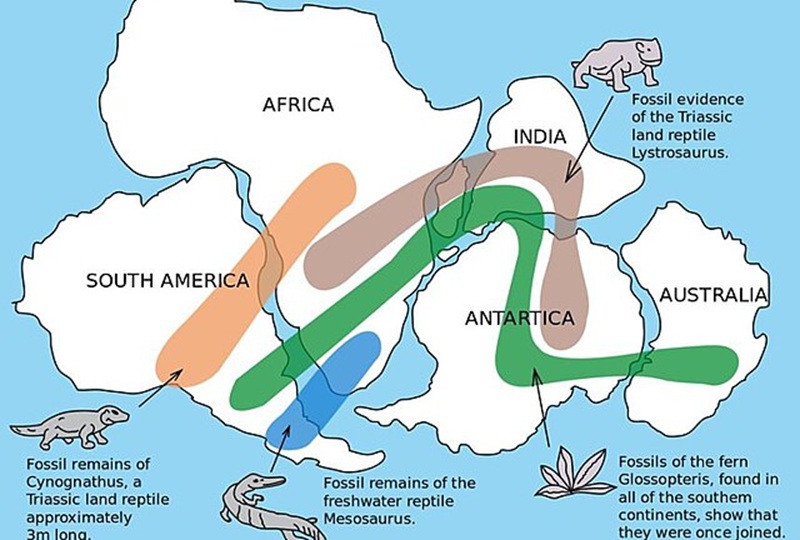
Dinosaur fossils have played a crucial role in demonstrating that Earth’s surface, climate, and ecosystems have undergone dramatic changes throughout history. By studying the environments in which dinosaurs lived, scientists discovered evidence of ancient forests where deserts now exist, tropical conditions in current polar regions, and landmasses in entirely different configurations than today. The presence of dinosaur fossils on all continents, including Antarctica, provided compelling evidence for continental drift and plate tectonic theory. The study of dinosaur habitats revealed that Earth has experienced numerous climate shifts, from greenhouse conditions to ice ages and back again. This understanding of Earth as a dynamic, ever-changing planet represented a profound shift from earlier conceptions of a relatively static world created in its present form and helped establish the field of paleoclimatology, which studies ancient climate patterns.
Establishing the Concept of Extinction
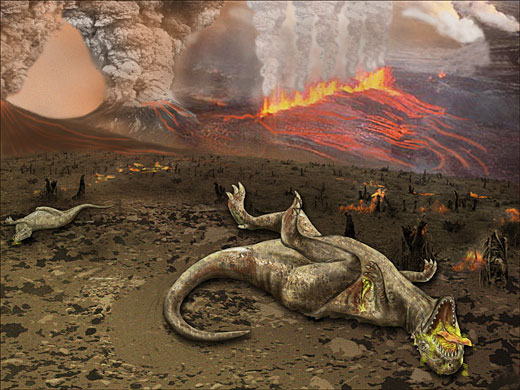
The realization that dinosaurs had completely disappeared from Earth was revolutionary, as it conclusively demonstrated that species could become extinct. Before dinosaur studies, many naturalists and theologians believed that God’s creation was perfect and unchanging, making extinction impossible or theologically problematic. The French naturalist Georges Cuvier had proposed extinction as a natural phenomenon in the early 1800s, but dinosaurs provided the most dramatic and persuasive evidence. The complete absence of these once-dominant creatures from the modern world forced scientists to accept that Earth’s biological history included not just the emergence of new species but also their disappearance. This recognition fundamentally changed how we understand life’s history, introducing the concept that the living world has experienced turnover and replacement rather than simple accumulation of species. Extinction became recognized as a natural process in Earth’s biological systems, opening new questions about its causes and frequency.
Revealing Mass Extinction Events

The end-Cretaceous extinction event that eliminated non-avian dinosaurs approximately 66 million years ago stands as one of the most dramatic chapters in Earth’s history. Through studying the dinosaur fossil record, scientists identified this as just one of several mass extinction events that have punctuated life’s history. The recognition of these catastrophic die-offs represented a major shift in understanding Earth’s biological timeline, suggesting that evolution proceeds not just through gradual change but also through periods of rapid turnover following major crises. The asteroid impact hypothesis, proposed to explain the dinosaurs’ demise, introduced the concept that Earth’s history can be dramatically altered by extraterrestrial forces. This understanding has profound implications for how we view Earth’s vulnerability to cosmic events and the precarious nature of evolutionary success. Modern extinction concerns are frequently framed in reference to these prehistoric events, with the dinosaur extinction serving as the archetypal example of how quickly dominant life forms can disappear.
Establishing Evolutionary Connections

Dinosaur fossils have provided crucial evidence for evolutionary theory by demonstrating clear anatomical transitions and relationships between different groups of organisms. The discovery of Archaeopteryx in 1861, with its combination of dinosaur and bird features, offered compelling evidence for Darwin’s recently published theory of evolution. More recent discoveries of feathered dinosaurs from China have conclusively demonstrated the evolutionary link between dinosaurs and modern birds, providing one of the most complete evolutionary transitions documented in the fossil record. These findings have transformed our understanding of avian origins and established birds as living dinosaurs—the sole survivors of a once-diverse lineage. The evolutionary relationships revealed through dinosaur studies have helped scientists understand how complex features like feathers, flight, and warm-bloodedness evolved gradually through natural selection rather than appearing suddenly. This evolutionary perspective has reshaped our understanding of life’s history as a continuous, branching process rather than a series of separate creation events.
Developing Modern Geological Time Scales

Dinosaurs played a pivotal role in establishing and refining the geological time scale that scientists use to organize Earth’s history. The Mesozoic Era, commonly known as the “Age of Dinosaurs,” is divided into the Triassic, Jurassic, and Cretaceous periods, with distinctive dinosaur assemblages helping to define each time frame. These divisions were initially established based on distinctive rock layers, but dinosaur fossils proved invaluable as index fossils, allowing geologists to correlate rock formations across different regions and continents. The succession of dinosaur species through these periods demonstrated evolutionary progression and ecological change over time, reinforcing the concept of Earth’s history as a sequence of distinct chapters. The relative dating methods developed through dinosaur paleontology laid the groundwork for later absolute dating techniques using radiometric methods. Together, these approaches have given scientists a remarkably detailed chronology of Earth’s past, extending billions of years before humans existed.
Revolutionizing Scientific Methods

The study of dinosaurs has driven significant innovations in scientific methodology across multiple disciplines. Paleontologists developed new techniques for excavating, preserving, and analyzing fossils, many of which have been applied to other fields of archaeology and anthropology. The challenge of reconstructing dinosaur appearance, physiology, and behavior from fragmentary remains has pushed scientists to develop increasingly sophisticated approaches. Modern dinosaur research incorporates cutting-edge technologies like CT scanning, 3D modeling, finite element analysis, and molecular paleontology. The interdisciplinary nature of dinosaur studies has fostered collaboration between geologists, biologists, physicists, and computer scientists, creating new research frameworks that transcend traditional academic boundaries. These methodological advances have enhanced our ability to extract information from the fossil record and have been applied to other scientific questions beyond paleontology, demonstrating how dinosaur research has enriched scientific inquiry broadly.
Changing Perceptions of Dinosaur Biology

Our understanding of dinosaur biology has undergone multiple revolutions that have transformed how we view these ancient creatures and, by extension, the history of life on Earth. The initial conception of dinosaurs as slow, cold-blooded reptiles has given way to evidence suggesting many species were active, potentially warm-blooded animals with complex behaviors. Discoveries of dinosaur nests, eggs, and juvenile specimens have provided insights into reproductive strategies and parental care, challenging assumptions about reptilian life histories. Evidence of herding behavior, pack hunting, and complex social structures has reshaped our understanding of dinosaur ecology and intelligence. The recognition that many dinosaurs possessed feathers has fundamentally altered their visual representation and highlighted their relationship to birds. These biological revelations have demonstrated that evolution has produced a far greater diversity of form and function than previously imagined, expanding our conception of biological possibility and the adaptive potential of life on Earth.
Inspiring Interdisciplinary Approaches

The study of dinosaurs has catalyzed remarkable collaboration across scientific disciplines, creating models for interdisciplinary research that extend far beyond paleontology. Understanding dinosaur biomechanics has required input from engineers and physicists, who apply principles of structural analysis and mechanics to fossil evidence. Paleoclimatologists work with dinosaur experts to reconstruct ancient environments and understand how these animals adapted to different conditions. Molecular biologists have developed techniques to extract and analyze proteins and genetic material from fossils, bridging paleontology and modern genomics. Medical researchers examine dinosaur pathologies to understand the evolution of disease and healing processes. Computer scientists collaborate with paleontologists to create sophisticated simulations of dinosaur movement, growth, and extinction scenarios. This cross-disciplinary approach has become a model for addressing complex scientific questions that transcend traditional academic boundaries, influencing how science is conducted in many fields.
Transforming Public Understanding of Science
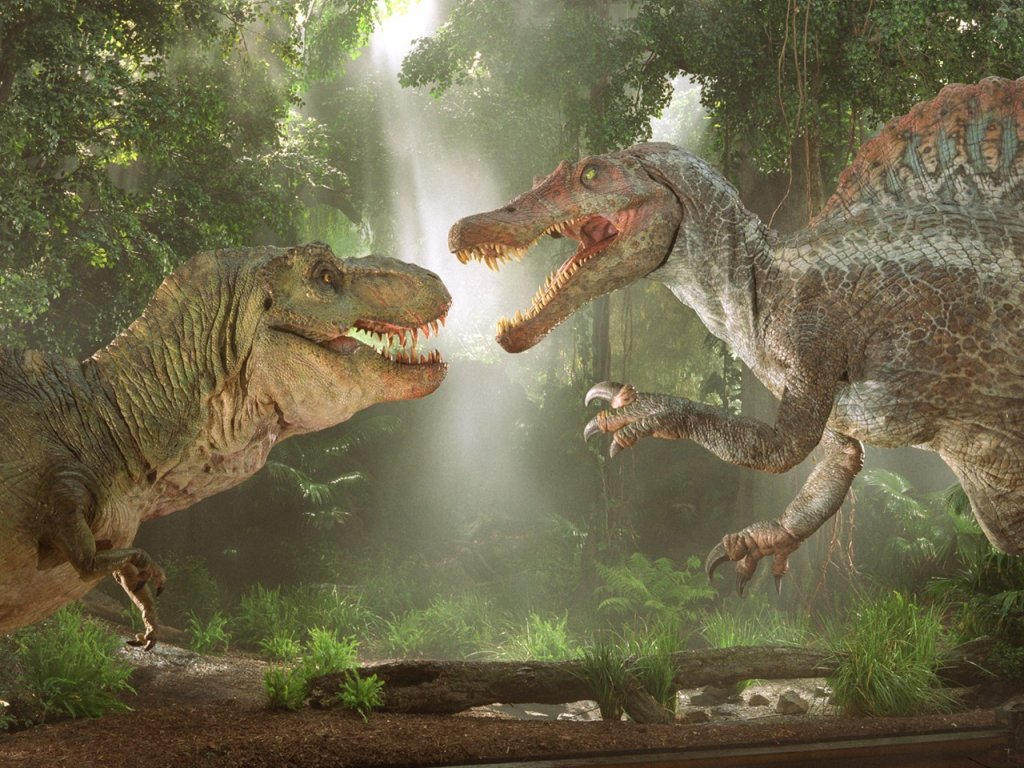
Dinosaurs have served as unparalleled ambassadors for science, capturing public imagination and drawing millions into deeper engagement with scientific concepts. Museum dinosaur exhibits rank among the most popular scientific displays worldwide, attracting visitors who might otherwise have limited interest in natural history. The accessibility and drama of dinosaur narratives have made complex scientific concepts like evolution, extinction, and geological time more comprehensible to general audiences. Films, books, and television programs featuring dinosaurs have introduced scientific thinking to countless people, particularly children who often develop lifelong scientific interests through early dinosaur fascination. The public’s willingness to accept revisions in dinosaur depictions—from the tail-dragging behemoths of early reconstructions to the feathered, active animals of modern understanding—has helped demonstrate how scientific knowledge evolves through new evidence and analysis. This dynamic relationship between dinosaur science and public interest has created a uniquely powerful vehicle for science communication and education.
Influencing Modern Environmental Perspectives

The story of dinosaurs has profoundly influenced how we think about environmental change and species vulnerability in the modern world. The extinction of dinosaurs provides a powerful historical example of how dominant species can disappear when conditions change dramatically, informing current discussions about biodiversity loss and conservation. Understanding that Earth has experienced multiple climate shifts during its history provides context for contemporary climate change, while highlighting the potential consequences of rapid environmental transformation. The recognition that birds are living dinosaurs has enhanced appreciation for evolutionary heritage and the deep connections between seemingly disparate species. Dinosaur extinction scenarios have prompted discussion about cosmic threats and planetary defense strategies, expanding our conception of environmental stewardship to include protection from extraterrestrial impacts. As humanity faces unprecedented environmental challenges, the dinosaur narrative offers both cautionary lessons about vulnerability and inspiring examples of evolutionary resilience and adaptation.
Challenging Human Exceptionalism
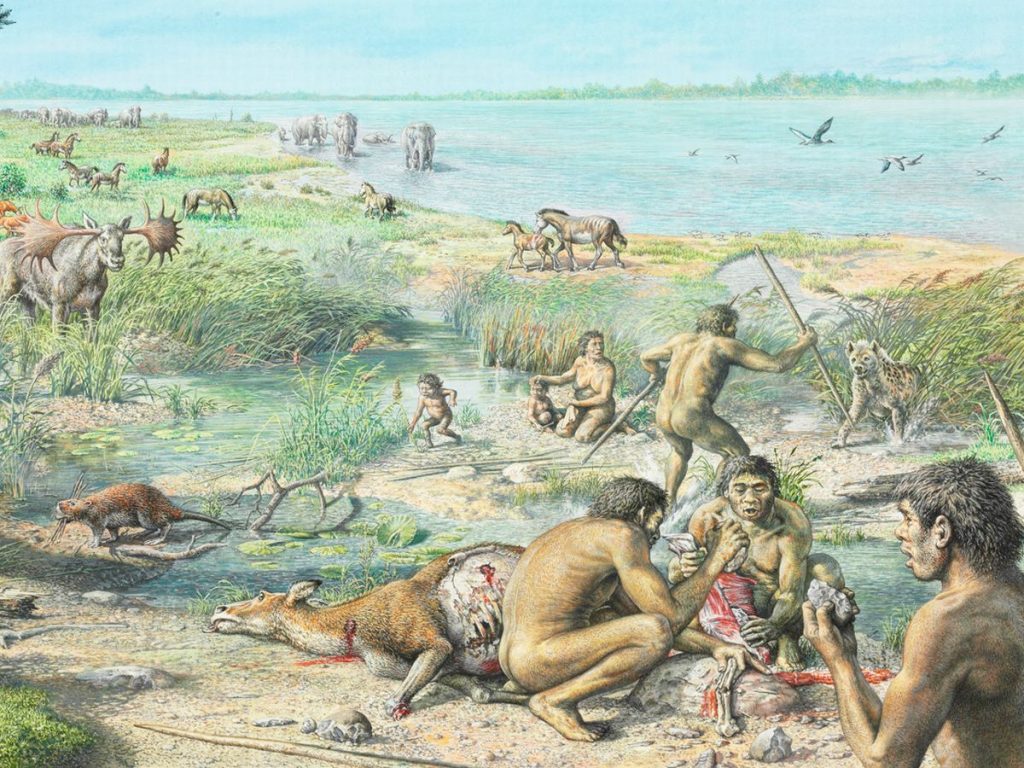
Perhaps most profoundly, dinosaurs have transformed our sense of place in Earth’s history by demonstrating that humans are merely the latest in a long succession of dominant species. Before understanding dinosaurs, many cultures placed humans at the center of Earth’s narrative, with other creatures created primarily for human benefit. The revelation that diverse, complex creatures ruled Earth for over 160 million years—far longer than primates have existed—fundamentally challenged this anthropocentric worldview. Dinosaurs demonstrated that Earth had a rich, complex history long before humans evolved, decentering our species in the planetary narrative. The recognition that intelligent, socially complex animals have repeatedly evolved and disappeared has prompted philosophical reconsideration of humanity’s significance and longevity. This perspective shift has influenced fields ranging from environmental ethics to astrobiology, encouraging humility about our species’ place in the cosmos and responsibility toward the planet’s future. By revealing Earth’s deep history, dinosaurs have paradoxically helped humanity develop a more mature understanding of our own brief moment in geological time.
Conclusion

The discovery and study of dinosaurs represent one of the most transformative scientific developments in human history. From challenging biblical chronologies to establishing evolutionary connections, these ancient creatures have repeatedly forced us to reconsider fundamental assumptions about Earth and life. Dinosaur research has driven methodological innovation, fostered interdisciplinary collaboration, and provided powerful tools for public science engagement. As we face modern environmental challenges, the lessons from dinosaur history offer both sobering warnings and inspiring examples of life’s resilience. Perhaps most importantly, dinosaurs have placed human existence in proper context—as one chapter in an immensely longer and more complex story than we once imagined. By expanding our temporal and biological horizons, dinosaurs have given us a more accurate, humble, and ultimately more wondrous understanding of our planet’s remarkable history.




